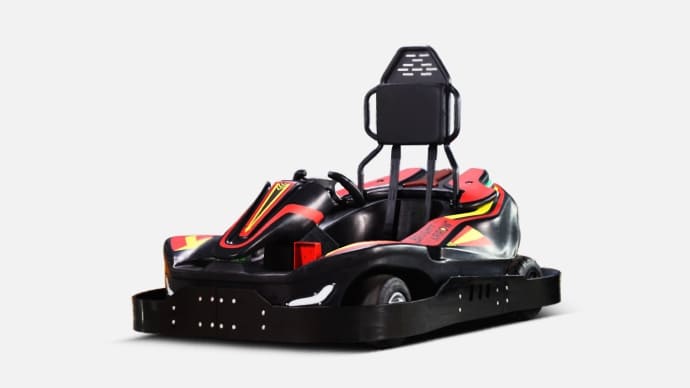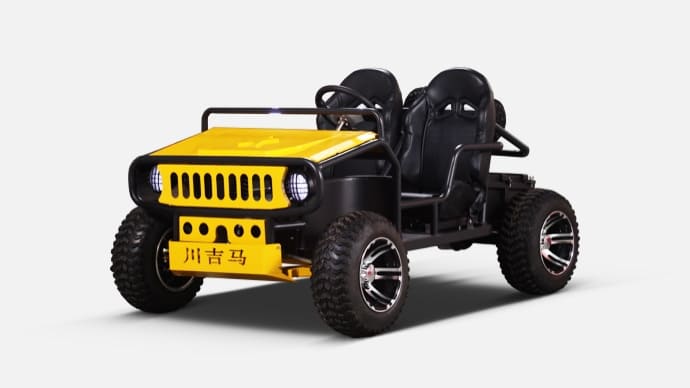What small vehicles are street-legal? | ANCHI Guide
This article clarifies the often-confusing topic of street-legal small vehicles. We break down the classifications—LSVs, NEVs, motorized scooters, and mini-cars—explaining the key factors for each: federal and local regulations, safety standards, emissions compliance, and required equipment. Consult your DMV for location-specific rules to ensure your vehicle is street-legal. ANCHI.
What Small Vehicles Are Street-Legal?
Determining which small vehicles meet street-legal requirements can be confusing. This article clarifies the regulations surrounding the operation of small, low-speed vehicles (LSVs) and other compact vehicles on public roads. We'll explore the different classifications and the specific criteria each must meet to be considered street-legal.
Understanding Vehicle Classifications
The term street-legal isn't universally defined; it varies by location and vehicle type. Several categories of small vehicles exist, each with its own set of requirements:
Low-Speed Vehicles (LSVs): These are typically defined by their maximum speed (generally under 25 mph) and specific design features. LSVs often have limitations on where they can be operated, usually restricted to secondary roads and not freeways. Specific regulations regarding LSVs vary significantly by state. Always check your local Department of Motor Vehicles (DMV) for precise requirements.
Neighborhood Electric Vehicles (NEVs): Similar to LSVs, NEVs are designed for low-speed operation within specific areas. They generally have similar limitations regarding roadways and freeway access. Like LSVs, NEV regulations vary by jurisdiction.
Motorized Scooters/Motorcycles: These vehicles generally fall under different regulations than LSVs or NEVs. They're subject to licensing requirements, insurance needs, and often must adhere to stricter safety standards, including helmet laws and headlight/brake light requirements. Size is not the defining factor for street legality here; meeting all applicable safety and licensing requirements is key.
Mini-Cars: These vehicles are usually closer in size to standard cars but are often smaller, lighter and less powerful. As long as they meet all federal and state safety and emissions standards (including having proper lighting, turn signals, brakes, and registration), they are considered street legal.
Key Factors Determining Street Legality
Regardless of the vehicle type, several factors consistently determine street legality:
Compliance with Federal Motor Vehicle Safety Standards (FMVSS): All road vehicles must adhere to basic safety requirements.
State and Local Regulations: These can vary widely and often include requirements for registration, licensing, insurance, and permitted operating areas.
Equipment Requirements: This includes proper lighting, signaling devices, brakes, and other safety features.
Emissions Standards: Vehicles must often meet certain emission standards to be road-worthy.
Navigating the Regulations
Determining the street legality of a small vehicle requires thorough research specific to your location. Always consult your local DMV or equivalent agency for the most up-to-date and accurate information. Ignoring these regulations can result in fines and other legal consequences. It's advisable to review both federal and state legislation to fully understand the rules concerning the specific vehicle you're considering.














